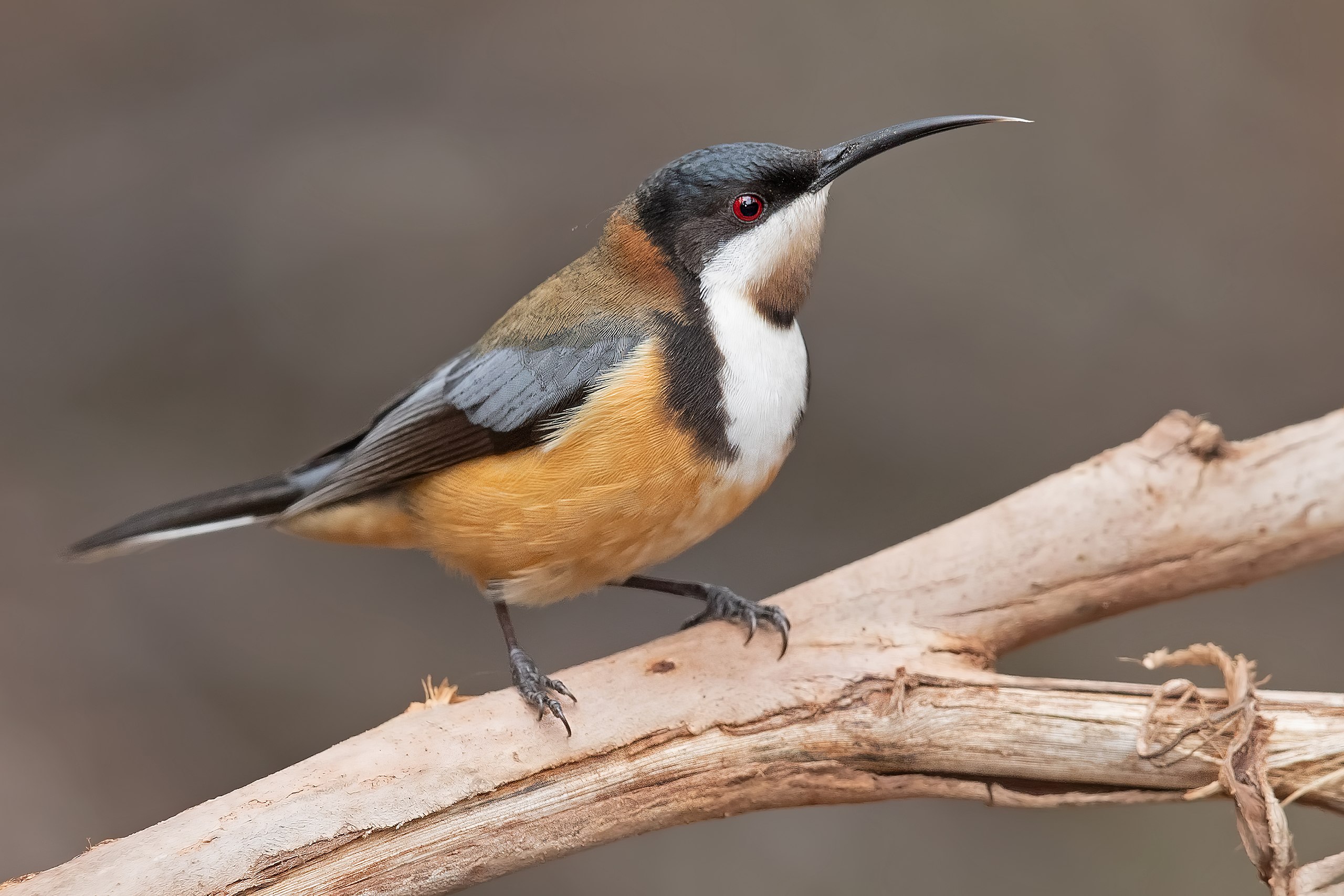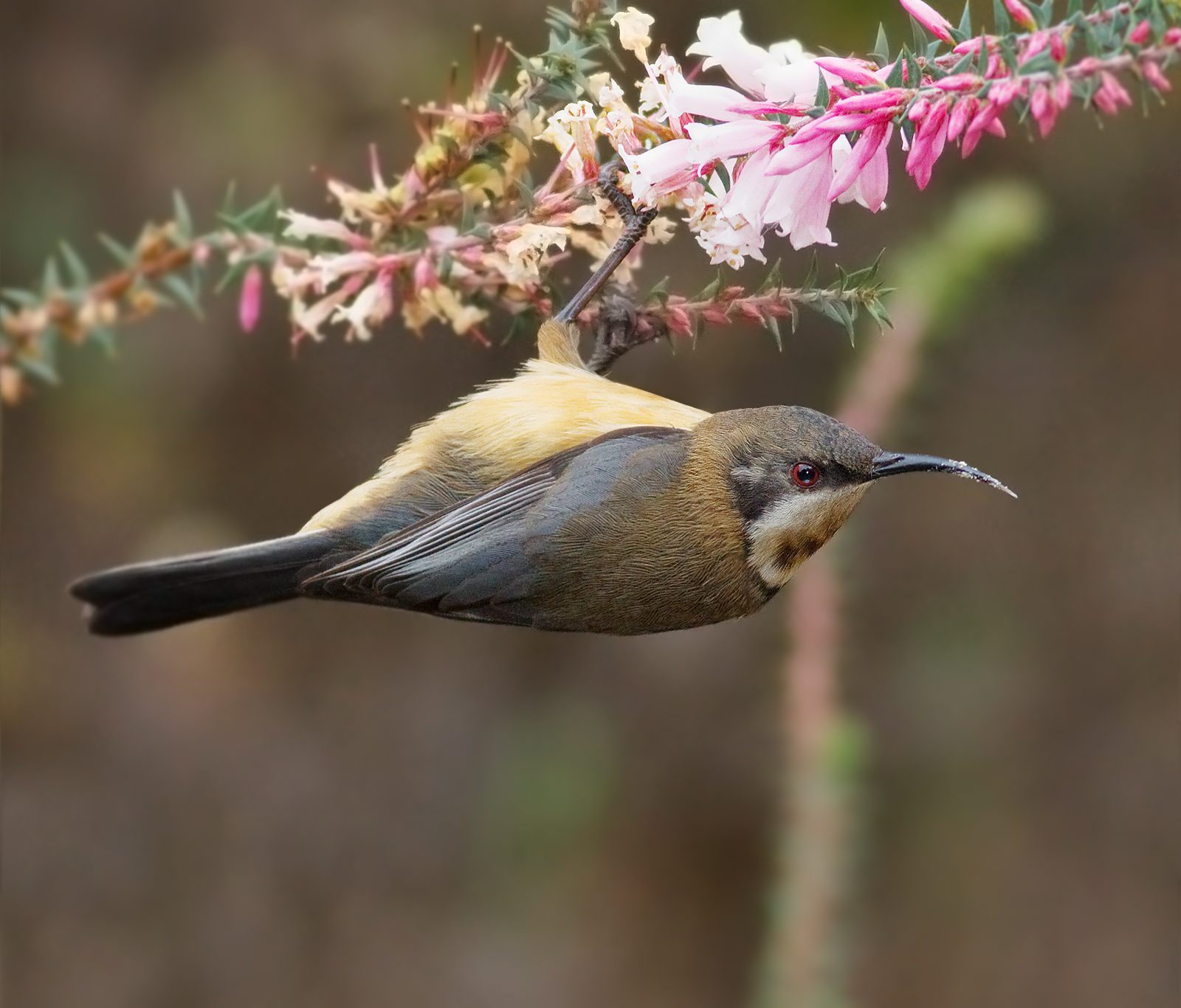The Eastern Spinebill is a common bird in the Blue Mountains, but it’s also one of the most mysterious birds in the world. With only one living species and several subspecies, it can be difficult to identify these birds when you see them on your travels in the mountains. Their physical characteristics are almost identical between each subspecies, but their call, which changes depending on the location, is a great way to tell which subspecies of bird you are looking at.
It is s a species of honeyeater found in forest and woodland areas, as well as gardens in urban areas. It is around 15 cm long, and has a distinctive black, white and chestnut plumage, a red eye, and a long downcurved bill.
How to identify a spinebill
The spinebill’s appearance is one of its most distinctive features. It has a large, brown body, pink and green coloring on its chest, and a striking orange-yellow colored bill that sticks out straight in front of it.
If you’re having trouble identifying one from afar, don’t worry – they make plenty of noise! You’ll be able to identify them easily just by listening for their call. While other birds are singing or chirping, spinebills will often sound like they’re sawing away at something; hence their name. As with all birds, make sure you listen to two or three calls before assuming it’s a spinebill! Their call is very distinct and easy to recognize once you’ve heard it once or twice. Another great way to identify these birds is by looking at their feet.
Types of flowers that the spinebill likes
There are a few types of flowers that attract spinebills, like eucalyptus, acacias and banksias. If you have flowery bushes around your garden or yard, you’re likely to see them quite often. They like lots of different types of flowery bushes that have nectar or tiny insects inside them; they’re very active birds, so it’s rare to see one just sitting on a branch.
Where you can find them
The Eastern spinebill is commonly found in throughout the Blue Mountains park. It likes dense undergrowth and can be hard to spot until it starts calling out at you with its distinctive voice. The best time of year to see them is in Spring when they are singing from their perches high up on trees. They are active during early morning so it’s worth getting out of bed for!
Another good time to find them is when they have just come down from their nest after breeding season – they will then have some nice orange spots which fade as they get older. Their nest can also be easily spotted if you look carefully, as it’s usually built between two small branches close to a large shrub or tree trunk.
Breeding
Breeding season is from August to January, with one or two broods raised. The nest is a deep cup-shaped structure of grass and bark strips, lined with feathers and soft plant fibres, hanging by the rim in the fork of a small bushy tree or shrub, 1–15 m above ground. The clutch is one to four, with two being the average, pinkish eggs with dark reddish-brown blotches and spots, 17 mm × 13 mm in size. The female incubates the eggs for 13 to 16 days before hatching. Both parents feed the chicks and remove the faecal sacs from the nest.
How to take photos of them
The best way to get a good photo of an eastern spinebill is by getting out of its flight path. They will often fly from bush to bush in search of food, and you can try standing still when you see one flying overhead (so it doesn’t fly away). If you’re lucky enough for it to land on a nearby plant, take as many photos as possible until it flies away again. These birds are very skittish, so they won’t hang around if they feel threatened.
Australian birds you might be confused with this one
The Magpie-lark and The Golden Whistler are a few that come to mind. They all have black stripes on their back, however, and a white neck line. If you see one on your travels it is best not to disturb it. It will fly away very quickly.
The eastern spinebill stays in flocks so if you hear another sound of ‘sawing’ then chances are it is another spinebill! Also, they stay mostly high up in trees or bushes so they are hard to spot, which is why they can be confused with other birds.



